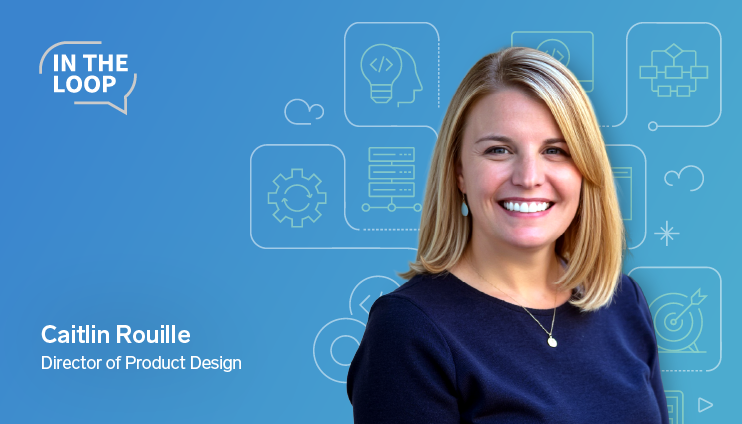Unlocking the Habits of High-Performing Advisors
Top advisors aren’t born—they’re built. And their habits are hiding in your data.
Solve your current pain points with our award-winning solutions.
Increase automation with our modern wealth platform.
The leading end-to-end wealth management platform.
Our team works to anticipate and surpass our clients’ expectations.
Merge our open, integrated platform and its solutions into your tech stack.
The #1 reason advisors switch firms is the desire for better technology.
2 min read
 Rania Kalaaji
:
5/9/23 3:44 PM
Rania Kalaaji
:
5/9/23 3:44 PM

Advisor360°’s Unified Data Fabric™ (UDF) is vital to the company’s existence. It is a revolutionary method of aggregating and cleansing data in a seamless way to benefit the productivity of advisors. Advisor360°’s CEO, Rich Napolitano, shares his thoughts on UDF in an interview with David Vellante, Co-Founder, CEO, and Co-Host of theCUBE in the first installment of a two-part series.
“UDF, or Unified Data Fabric, is super important. It is really the foundation of our company and one of the things that make us most unique,” says Rich Napolitano, CEO of Advisor360°.
UDF is a proprietary data model that aggregates and enriches all types of data from hundreds of sources and consolidates it into a rich, unified format that makes it more accurate, quicker, and easier to get insights and make decisions using our product to manage the digital wealth experience.
There are four main components of UDF that make this model so unique:
The greatest benefit UDF has to offer is that it empowers smarter, faster decisions and allows advisors to save time and effort; therefore, it enables advisors to spend less time compiling reports and more time fostering strong relationships with their clients.
When looking at industry solutions for data, Napolitano argues that “none of them actually solve the data problem because they have data locked inside and have their own little silo.” In agreement, David Vellante—Co-founder, CEO, and Co-host of theCUBE—emphasizes the problem with such silos, saying that “data silos are constricting innovation.”
“The underlying data problem is if you're an end client of these advisors and you have a house—you may have some cars; you may have a summer house; you might have a stock bond, mutual fund, insurance, annuities, you got all different types of asset classes—and all that data is disparaged and mostly wrong. Because at any given moment, what is the share price of Salesforce at this instant across the world? So your average advisor sitting in their office, they can't add up what your net worth is at any given moment. It's impossible.” states Napolitano.
Napolitano further elaborates by explaining how the Advisor360° Connected Wealth Report discovered that most advisors spend hours creating this data for their end client. With Advisor360°’s 1-Click Review® capability in conjunction with UDF, advisors can get all the data they need and compile their reports for clients in a single click.
Thank you for reading this blog about Unified Data Fabric™ and the underlying data problem.
Rania Kalaaji is a Marketing Project Manager Associate at Advisor360°, responsible for educating enterprise executives and building our community through content marketing and social media.

Top advisors aren’t born—they’re built. And their habits are hiding in your data.

We live in a world of intelligent technology. The apps we use for travel, shopping, fitness, and healthcare remember preferences, anticipate needs,...

Schwab IMPACT 2025 lived up to its reputation as one of the liveliest gatherings in our industry. You could feel the energy, optimism, and curiosity...